From Figs to Persimmons: Do Deer Eat Fig Trees and Which Deer Resistant Fruit Trees Work Best?
Gardening in areas with active deer populations can be a real balancing act. Deer are curious, opportunistic feeders, and when food gets scarce, almost anything in the landscape becomes fair game. This includes fruit trees, vegetable beds, and even plants you might assume are safe. One of the most common questions gardeners ask is: do deer eat fig trees? The answer is sometimes—and understanding why can help you build a truly deer resistant garden.
This guide explains how deer behave around fig trees, which deer resistant fruit trees offer the best protection, and how to design a garden that deer are less likely to destroy.
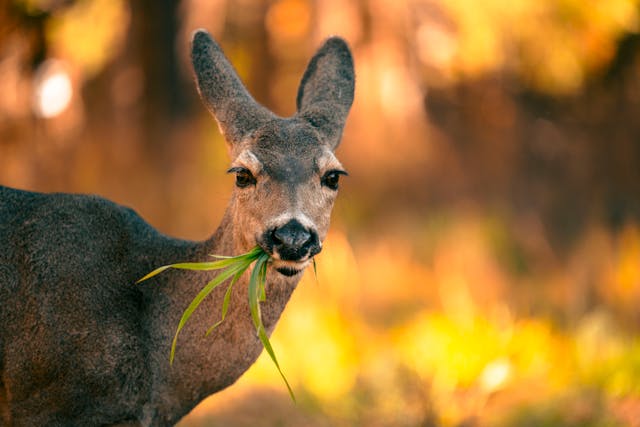
Do Deer Eat Fig Trees?
So, do deer eat figs, fig leaves, or fig bark? Fig trees (Ficus carica) are not high on a deer’s preferred food list. Their leathery leaves, strong aroma, and milky latex sap make them less appealing. This means fig tree deer resistant qualities are real—but not perfect.
Are Fig Trees Deer Resistant?
Yes—are fig trees deer resistant? Generally, they are. Most mature fig trees withstand browsing well, and deer usually walk right past them in search of more tender, sweeter options. The exception? Young fig trees in early fall. When food runs low, deer may nibble tender tips, new shoots, or even sample fruit.
Many gardeners still ask, does deer eat fig trees or fruit? It can happen, especially when local deer populations surge or natural forage drops. While some deer will ignore figs completely, others may occasionally sample them. It’s rare, but will deer eat figs? Yes—sometimes. Will deer eat fig trees? Mostly the young ones.
For added safety, consider protecting young trees with fencing and netting or sturdy tree guards.
What Fruit Trees Are Deer Resistant?
If you're planning an orchard, choosing deer resistant fruit trees makes your garden much easier to maintain. While no tree is completely deer proof, some trees are deer resistant because of their tough leaves, sap, or taste.
Top Deer Resistant Fruit Trees
- Persimmons – Their astringent taste discourages deer. Try growing hardy varieties from our persimmon collection.
- Pawpaws – Their tropical scent and bitter leaves make them unappealing.
- Mulberries – Their strong sap and woody growth help protect them, especially mature trees.
- Figs – Not highly attractive to deer.
- Olives – Their bitter, evergreen foliage makes them naturally deer resistant.
- Quince – Fuzzy leaves and fruit reduce browsing.
These trees don’t guarantee zero deer eating, but they greatly reduce the odds.

Deer Resistant Vegetables, Herbs & Berries
Deer avoid many strong-scented, prickly, or spicy crops. Mixing these into your garden helps create a natural barrier—even around high-risk fruits like peaches, grapes, and berries.
Recommended Deer Resistant Vegetables
- Artichokes – Their prickly leaves deter deer.
- Hot Peppers – Capsaicin is a strong deterrent.
- Cucumbers – While do deer eat cucumbers? Sometimes, they are not a top choice.
Aromatic Herbs Deer Avoid
Strong fragrances confuse deer and help protect nearby crops. Great choices include:
These herbs fit well in a deer resistant garden, and pairing them with deer resistant berries (like currants or gooseberries) adds another layer of protection.
Tips for Protecting Fruit Trees From Deer
Even the toughest fruit trees benefit from thoughtful planning.
1. Use Physical Protection
Strong fencing is the most reliable option. Shop deer fencing options for long-term defense.
2. Apply Deer Repellents
Organic repellents can help reduce browsing. Browse our curated options:
Deer repellents and deterrents
3. Protect Young Trees
Young bark is tender and more attractive to deer. Use tree guards to prevent damage.
Conclusion
Designing a productive garden in deer country doesn’t have to be difficult. Knowing what deer prefer—and what they avoid—helps you choose smarter plant combinations. While many gardeners ask do deer like figs, most deer show only mild interest in mature fig trees. Pairing figs with other deer resistant plants like persimmons, olives, pawpaws, artichokes, and aromatic herbs creates a landscape that naturally discourages browsing.
With the right mix of plant selection, physical protection, and strategic layout, you can maintain a thriving orchard and vegetable garden even in areas with high deer pressure.
By working with deer behavior instead of fighting it, your garden can remain productive, resilient, and far less prone to unexpected nighttime snacking.



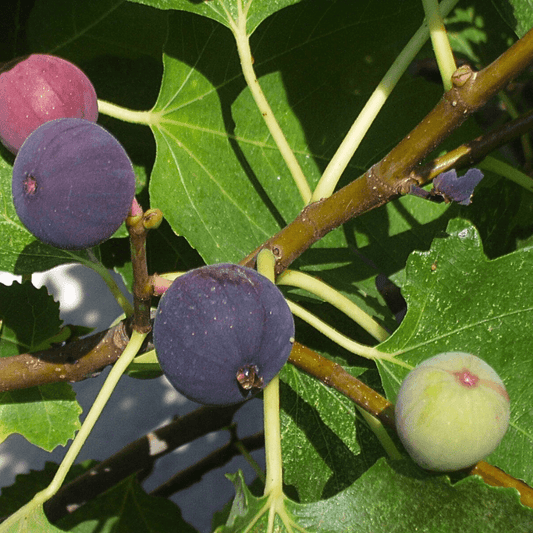
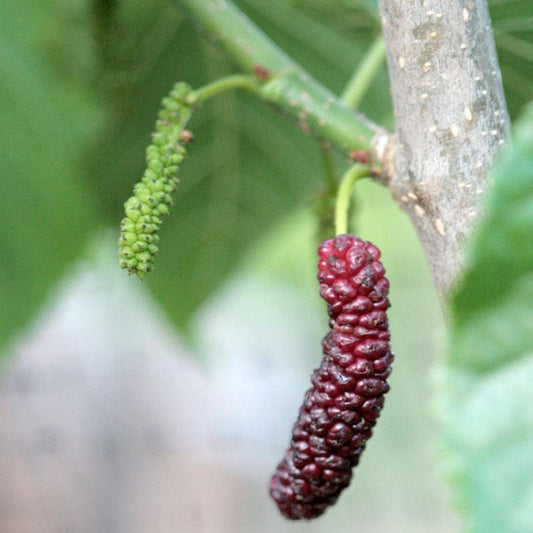
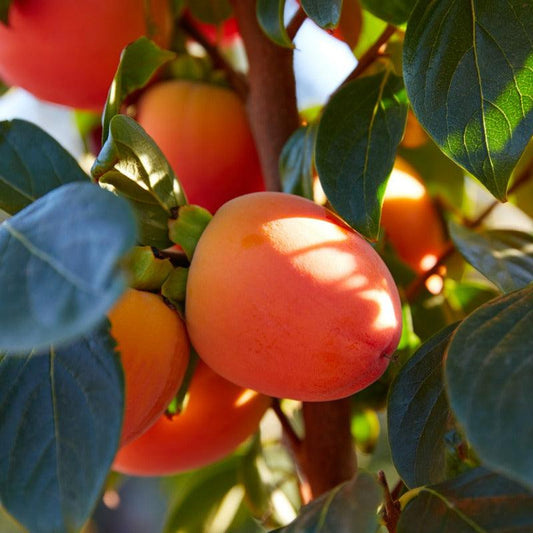
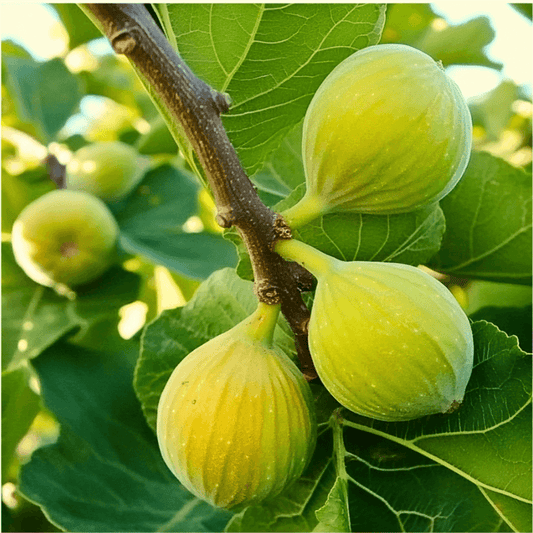



23 comments
I have to say that the deer have destroyed my squash, munched on tomato tops, eaten petunia’s down to nothing, destroyed rhubarb and devoured peppers.
I’m an avid hunter and also maintain food sources for deer on my residential property. I can tell you without question that deer LOVE figs. There may be some species of figs they won’t browse but if I don’t get out and get my figs when they’re ripe, the deer will knock them off the tree and step on them to split them open to eat. If you live in an area where natural habitat isn’t enough to support the number of deer, they WILL eat everything and anything. In the winter when there is no quality food, the deer eat green briar and if that’s gone they’ll eat bark.
The deer eat everything on the list. “Eat” is the operative word here.
I have watched them extensively and this is what they do. They browse along and eat a leaf or the tip of everything they come across, everything. If they don’t like it they then move on. The next deer and the next days it is always the same. Soon all those plants are killed back whether the deer like them or not.
They taste just about everything that grows but they then move on if it is not to their liking. They don’t seem to remember from day to day either. Over and over again, every time they pass. Being retired I have lots of time to sit and observe. Many thoughts regarding deer, but my fence, described in another post here….works! Spendy, but my wife and I have owned three nurseries between us and we love to garden.
I built a fence that works very well! Deer will jump over a 6’ fence.
Cedar boards are only 6’ long. But I made the fence 7-1/2’ high this way:
I used the cedar boards from the ground up like this: I cut 10’ long 4"X4" treated posts down to 9 ft. Sunk them in holes 7-1/2 ft apart so that 7-1/2’ stuck up. I split treated 8 ft. 2" X 4"s in half and using inexpensive 90 degree brackets and short (1") sheet rock screws, I attached these split poles between the fence posts…first at 18" high then 5 ft high and then along the top of the fence posts. I then attached the cedar boards from the ground up using a roofing nailer (cheap at Harbor Freight) to attach the boards to the split poles. Naturally they attach at 2 places…the 18" and 5 ft high split poles. What you have is an attractive fence of cedar 6 ft high and then a split board running along the tops of the fence posts at 7-1/2 ft. The split poles are shortened accordingly.
The deer definitely see this added split board on top and it intimidates them….it is “other than” the cedar fence below. It seems to weird them out. Ribbons could be hung from or attached to the top split board also.
I installed 440 ft. of fence and in 6 years have NEVER had a deer jump it and we have lots of deer. An added bonus is small animals do not get in or out of the yard…Visitors with dogs can let them run free. Our yard is lush with plants…. fruit trees, bushes, and vines…. vegetables and flowers.
Mike, I have not had problems with deer eating my figs, but what may happen if deer browse the tree, and not really eat it (rather tasting it). If many go through and browse it, it could result in a tree with no leaves. Hopefully your fig will come back. But just in case you may want to protect it until it has recovered.